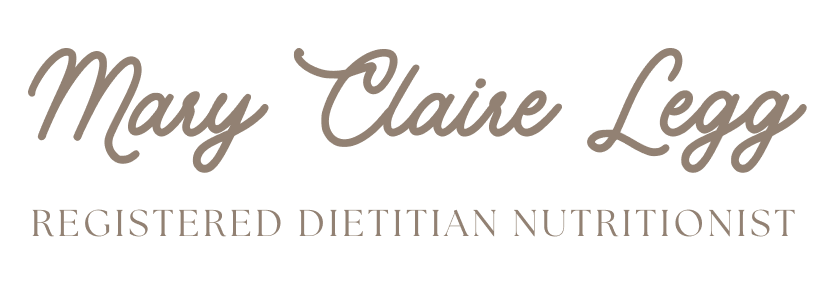Do you work full-time Monday thru Friday? Do you struggle packing a lunch for yourself? Do you aim to start the day off with a solid breakfast but fall short and barely make it to work on time still with nothing in your stomach? Do you set your alarm extra early to make it to that 6 AM workout class but roll over when you hear it go off? Do you open your refrigerator and feel like you have no options to make a meal? If you answered YES to any of these questions, this post is for you! We as human beings tend to put a lot of pressure on ourselves especially when it comes to what we eat. How we nourish our bodies isn’t meant to be discouraging or overwhelming. We make it so complicated for ourselves and wind up making unrealistic commitments or goals when it comes to nutrition. I am here to give you all some practical nutrition life-hacks for moments when we are overwhelmed and feel like it is impossible to follow through with healthy habits. Let’s do this!
1. Find your ONE non-negotiable
What do I mean by this? Try and find one thing that matters most to you and follow through with it every day. It could be making sure you pack a lunch for yourself each day or having a large water bottle ready to grab and go before work or committing yourself to trying a new work-out class once per week. Whatever it may be, ask yourself first if it is realistic for YOUR lifestyle and then stick to it!
Above picture: toast with greek yogurt, strawberries, cacao nibs, coconut flakes, and chia seeds - luckily my office has a refrigerator and toaster so I can keep things on hand to prepare in the mornings for nutritious breakfasts!
2. Prioritize grocery shopping
Many of us hate going to the grocery store, and I get it. It can be a crowded and intimidating place especially at 6 pm on a weeknight when you’re starving. I encourage you to block out 1-2 hours on whatever day works for your schedule to grocery shop. Think about the coming week ahead, make a list, and get it done! If you’re feeling ambitious, using a portion of the weekend to meal prep can make life super EASY during the week. I’ll provide some ideas below.
Roast vegetables. Pick your favorites, coat in olive oil and spices, stick into the oven at 375 degrees F for 30 minutes, and done!
Bulk cook grains (brown or white rice, quinoa, farro, whole grain pasta, etc). Once these are cooked and cooled, place in a glass container and pull them out during the week when ready to eat!
Prepare protein options ahead. Saute or grill chicken, hard boil eggs, or cook lentils or beans, etc. Some protein options are available canned (salmon, tuna, beans, peas) which can be more budget friendly and just as nutritious (Tip: look for low-sodium beans when buying canned). Look for some of these options next time you’re in the grocery store and try some new options out!
3. Snacks
Everyone loves snacks, right?! I always encourage clients (and myself) to have snacks on hand whether you keep them at your desk, in your purse, in your car, wherever! There’s nothing worse than getting to a point where you’re so hungry you can’t stand it and end up grabbing the first thing you see. Aim for something with protein and carbohydrates. Apple with peanut butter, fruit + nuts, hard boiled eggs, yogurt, and certain bars are all perfect quick snacks options that have the ability to curb the hanger until we eat our next meal.
4. Eat more vegetables
I think it’s safe to say we as a society do not consume enough vegetables. Vegetables offer fiber which helps keep us fuller longer and aid in digestion/regularity. They also provide essential vitamins and minerals which are necessary for cell growth and development, immunity, and protection against disease. Aim for vegetables with at least two meals per day. Bonus points if you're eating them at snack-time!
5. Hydrate!
This one is so easily overlooked by many of us. Drinking fluids is super important for our brain function, which is essential in keeping us focused during long work days. Fluids are also absolutely crucial in maintaining every single system of our bodies including our major organs (think: brain, heart, muscles). Men and women require different amounts of fluid per day based on their biological make-up, but as a general recommendation I advise 2 liters (64 oz) per day for women and 3 liters (96 oz) for men. Extra tip: invest in a reusable water bottle and carry it with you all day long!
I challenge you to pick one of the above life-hacks and incorporate it into your daily routine for one week. I'd love to hear how it goes! Tell me, what is the most difficult aspect of leading a healthy lifestyle while holding a full-time job?
Xx, Mary Claire
https://www.health.harvard.edu/staying-healthy/the-importance-of-staying-hydrated






